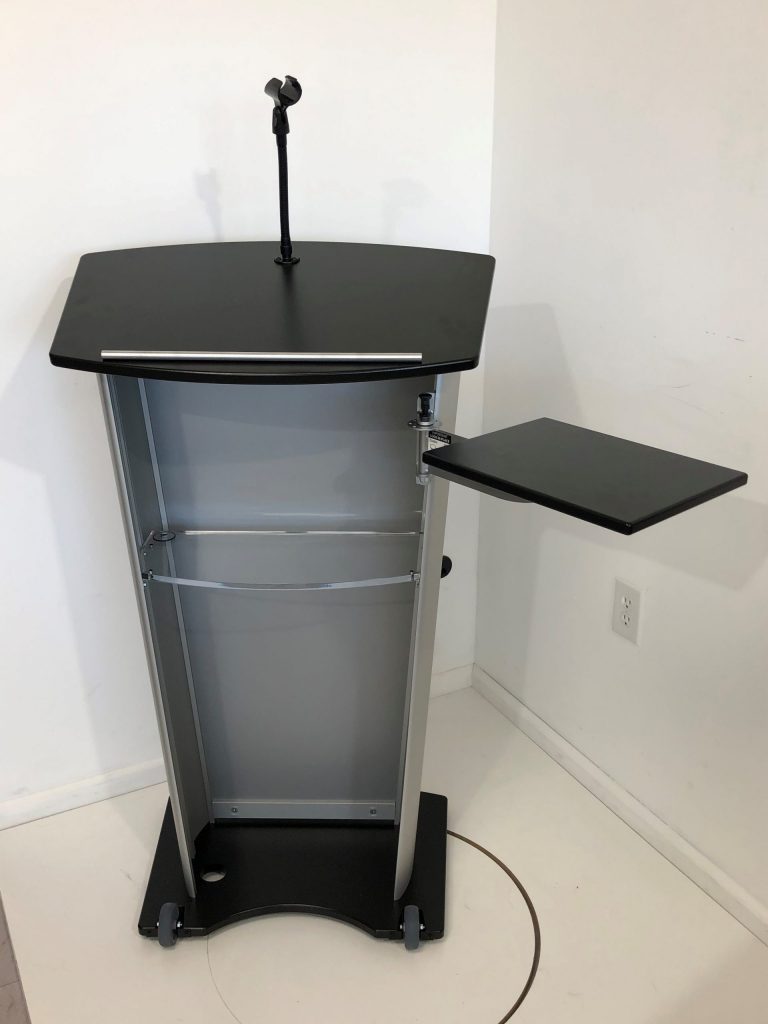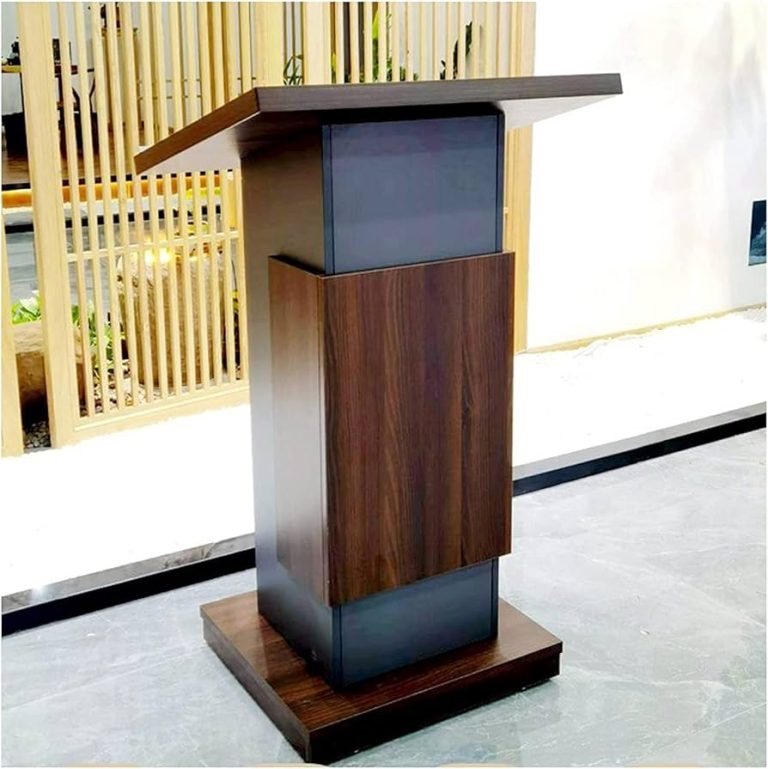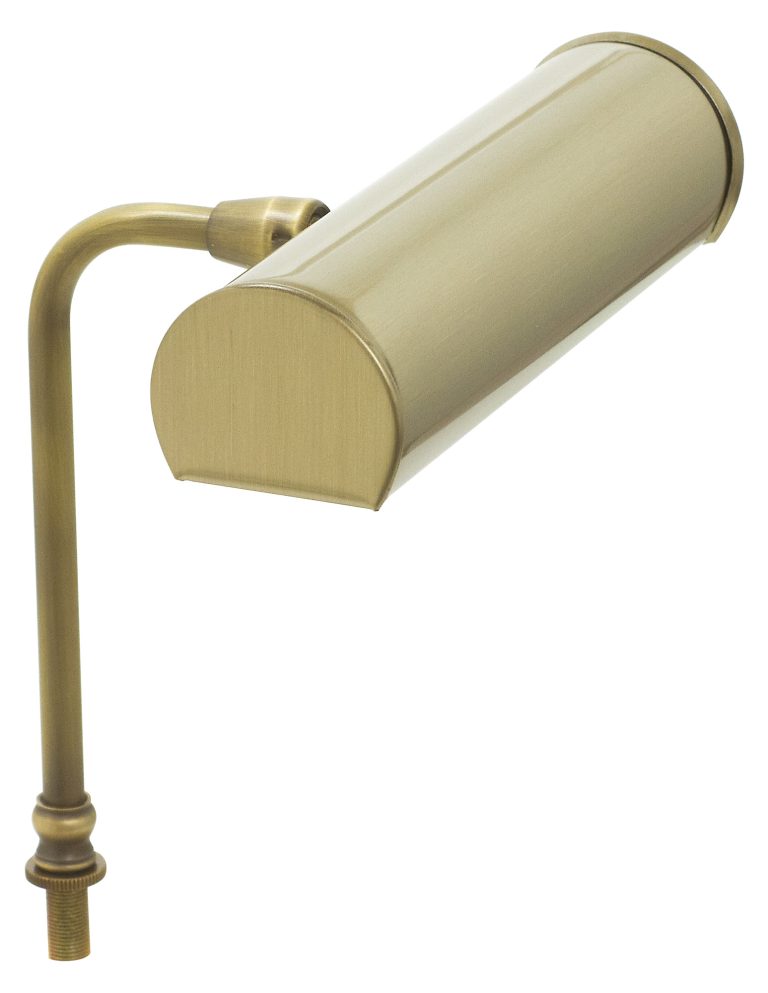Origin of the Word Lectern: Unveiling Its Historical Roots
The word “lectern” has an interesting history. It comes from the Latin word “legere,” meaning “to read.”
The lectern is a familiar sight in churches, classrooms, and lecture halls. It holds books, notes, or scripts for speakers. The term “lectern” first appeared in English in the 14th century. Over time, its design and use have evolved. Today, the lectern symbolizes authority and knowledge.
Understanding its origin helps us appreciate its role in public speaking. Let’s explore the fascinating journey of the word “lectern” and see how it has shaped our communication practices. Join us as we delve into the history and significance of this important piece of furniture.
Ancient Beginnings
The word lectern has roots that trace back to ancient times. It evolved through centuries of use in various cultures, shaping its current meaning and form. Understanding its origins provides insight into its significance throughout history.
Early Uses
In ancient Rome and Greece, a lectern was used for reading and speaking. It was a platform or stand to hold scrolls and manuscripts. Scholars and speakers relied on it to present their work clearly.
Over time, the design evolved. Initially, it was simple, often just a raised platform. Later, it included features to hold texts securely and at a readable angle.
These early lecterns were crucial in academic and public settings. They played a key role in preserving and sharing knowledge.
Cultural Significance
The lectern was more than just a stand. It held cultural significance in many ancient societies. In religious settings, it became a sacred object. Clerics used it to read from holy texts during ceremonies.
This added a layer of reverence and respect. The design of the lectern often reflected its importance. Ornate carvings and precious materials were used in its construction.
In educational institutions, the lectern was a symbol of authority and knowledge. Teachers and philosophers used it to address students and engage in discourse. This tradition continues in modern classrooms and lecture halls.

Credit: en.wikipedia.org
Etymology Of Lectern
The word “lectern” has a rich history. It comes from a blend of languages and cultures. Understanding its etymology helps us appreciate its significance. Let’s explore the origins and evolution of this term.
Latin Influence
The term “lectern” has roots in Latin. It derives from the word “lectus.” This Latin word means “to read.” Romans used “lectus” to describe a reading desk. Scholars and priests used it to hold their texts. The Latin influence is evident in many modern languages.
Evolution Over Time
Over centuries, the term evolved. The Old French language adopted it as “letrun.” Middle English then modified it to “lettorne.” Each transformation reflects cultural and linguistic shifts. Despite changes, the core meaning remained.
Today, a lectern is a staple in various settings. Schools, churches, and lecture halls use it. Its design may vary, but its purpose stays the same. To hold texts for reading or speaking. The journey of the word “lectern” is fascinating. It shows the blend of history and function in language.
Medieval Developments
During the medieval period, the lectern underwent significant developments. These changes were influenced by the church and the evolving design needs of the era. Let’s explore these developments in more detail.
Church Influence
The church played a crucial role in the evolution of the lectern. In medieval times, churches were central to community life. They needed furniture that supported their religious activities. The lectern became a key piece, holding the sacred texts during services. This need for functional furniture pushed the development of the lectern forward.
Design Changes
Medieval lecterns saw various design changes. Early lecterns were simple stands. Over time, they became more ornate. Craftsmen began to add intricate carvings and decorations. These designs were not just for aesthetics. They also reflected the importance of the texts being read.
Materials used for lecterns also evolved. Initially made of wood, they began incorporating metals. This made them more durable. Some were even gilded, adding to their visual appeal. These changes made lecterns both functional and beautiful, mirroring the grandeur of medieval churches.

Credit: www.instagram.com
Modern Interpretations
The word “lectern” has evolved over time. Today, it holds different meanings and uses. These interpretations go beyond its original purpose.
Current Usage
In modern settings, a lectern is more than a reading stand. It is a key element in various environments. Below are some common uses:
- Classrooms: Teachers use lecterns to hold notes and devices.
- Conferences: Speakers use them to deliver presentations.
- Religious Services: Ministers read scriptures from lecterns.
Lecterns have adapted to technology. Many now include built-in microphones and screens. This makes them versatile tools in any setting.
Symbolic Meanings
Lecterns carry symbolic meanings that extend beyond their physical use. They often signify authority and knowledge. Here are some symbolic meanings:
- Authority: Standing at a lectern shows control and leadership.
- Knowledge: It represents a source of learning and wisdom.
- Guidance: In religious contexts, it symbolizes spiritual direction.
These symbolic meanings add depth to the lectern’s role. They make it a powerful symbol in many cultures and institutions.

Credit: www.merriam-webster.com
Frequently Asked Questions
What Is The Origin Of The Word Lectern?
The word “lectern” comes from the Latin word “lectus,” meaning “to read. “
How Was The Lectern Used In History?
In history, lecterns were used for reading scriptures in churches.
Why Is It Called A Lectern?
It is called a lectern because it was used for reading, derived from the Latin word “lectus. “
Conclusion
The word “lectern” has a rich and fascinating history. Its origins trace back to Latin. Over time, the term evolved and adapted. Today, it refers to a stand for speakers. Knowing its roots enriches our understanding. Words carry stories and cultural heritage.
The next time you see a lectern, remember its journey. From ancient times to modern days. It’s more than just a piece of furniture. It’s a link to our linguistic past. Understanding word origins can be enlightening. It connects us to history and culture.





